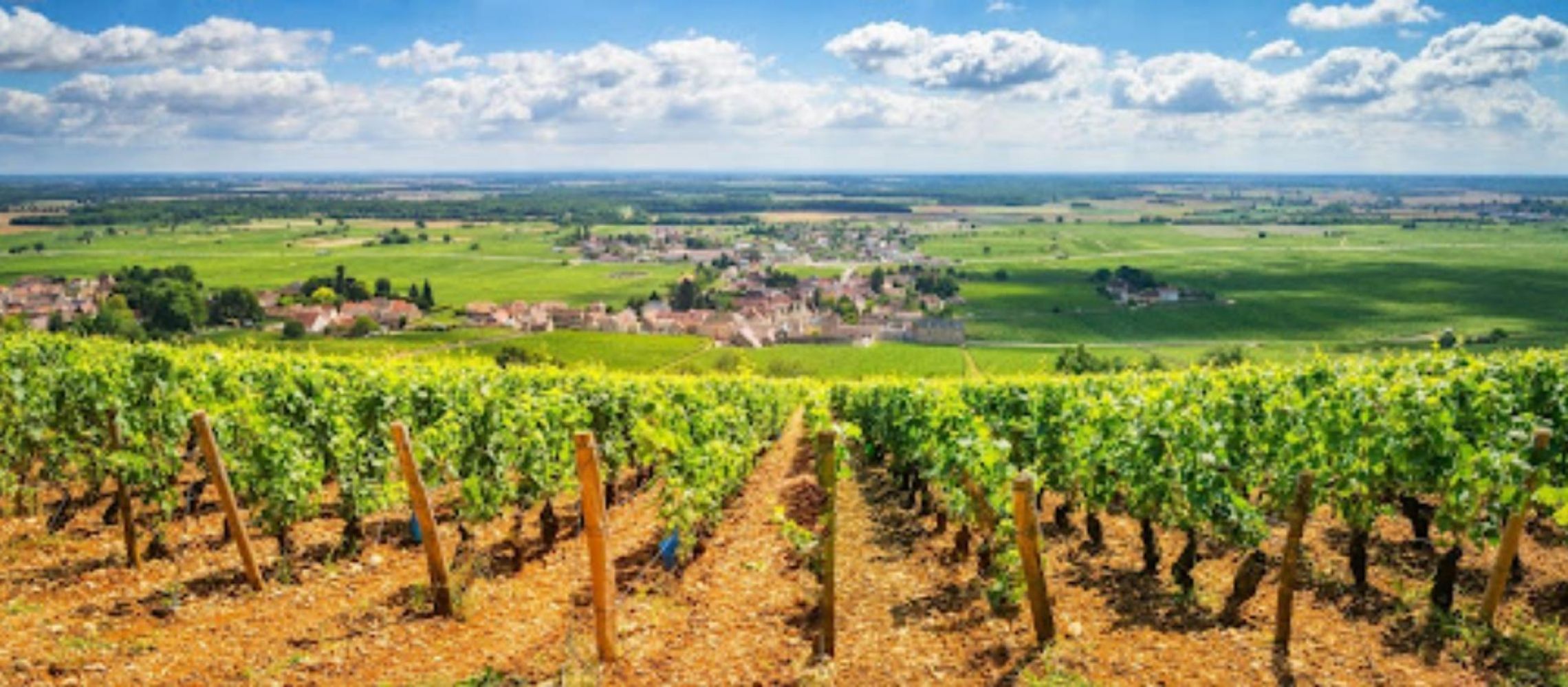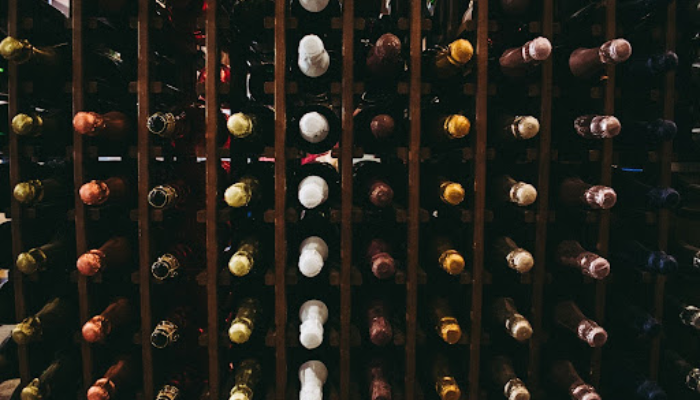Registration Open
1 June 2025
Judging
Date
23 & 24 March 2026
Winners Announcement
22 April 2026
1 June 2025
23 & 24 March 2026
22 April 2026

In the ever-evolving landscape of the wine industry, recent reports, including "State of the International Wine Market in 2022" by Rafael Del Rey and Professor Simone Loose, alongside the "Evolution of World Wine Production and Consumption by Color" from the International Organisation of Vine and Wine (OIV), unveil a rich tapestry of transformations and challenges shaping the global wine market.
One of the most notable shifts highlighted in these reports is the tremendous rise in international wine trade. While the OIV's report focuses on the evolution of wine production and consumption by color over the past two decades, Del Rey and Loose's analysis presents a broader perspective on the changing market trends and strategies in recent years.
The reports collectively portray a significant rise in the global wine trade, with a substantial increase in the proportion of wine consumed in countries other than where it was produced. Initially accounting for less than 15% pre-1970s, this proportion surged to around 46% by 2022, signifying a drastic shift in global wine consumption patterns.
This surge in international trade was pioneered by traditional wine-producing nations like Italy and France, followed by Spain's entry into the EU in 1986. However, the landscape further diversified as New World and Eastern European countries entered the fray, propelling the global wine trade to an annual growth rate of 4.3% until the recent slowdown to a mere 0.4%.
Concurrently, the reports spotlight the profound changes in the relationship between volume and value. The early 2000s witnessed stagnant average prices, but a paradigm shift occurred, catapulting prices by over 4% annually, driving the trade's value from €14bn to over €37bn since the millennium.
Despite this surge, certain disparities emerge among key producing nations. France and Italy reaped more benefits than Spain, with France exhibiting sensitivity to economic fluctuations, experiencing stark depressions during crises but showing steep recoveries thereafter. Italy, on the other hand, displayed steadier value increments with weaker sensitivity to economic downturns.

Image Source: Unsplash
However, challenges persist in the industry. A perpetual issue arises from surplus production surpassing consumption levels, with the exception of a brief equilibrium in 2017. This surplus averaged 28.5m hl over two decades, magnifying market complexities.
Furthermore, the reports highlight intriguing shifts in wine consumption patterns. China, once a promising market, has recently witnessed a decline in wine consumption, sparking speculation about changing attitudes or temporary market fluctuations. Similarly, the US market saw a decline due to shifting preferences among millennials and Gen Z, reflecting a move towards lighter, more refreshing wines.
The OIV's report specifically underscores the trends in wine production and consumption by color. The decline in global red wine production and consumption contrasts with the expansion in white and rosé wine markets. While red wine witnessed a significant drop in production and consumption, white wine experienced growth, with an increase in global production and consumption since the early 2000s. Additionally, rosé wine emerged as a noteworthy category, displaying substantial growth in both supply and demand, particularly in Northern Hemisphere nations.

Photo by Charlie Leary
The reports highlight a decline in the global production and consumption of red wine over the past two decades. According to the OIV's report on the evolution of world wine production and consumption by color, there has been a notable decrease in both the production and consumption of red wine.
The report outlines a significant drop in global red wine production by 25% from its peak in 2004. Moreover, the dominance of red wines in the global market has declined, with their share decreasing from constituting 48% of total wine production at the beginning of the century to a recent share of 43%.
The decrease in red wine production has been observed across major European red wine-producing countries, particularly France and Italy, which have seen substantial declines. This reduction in production is only partially offset by non-European countries such as Chile, Argentina, Australia, the USA, and South Africa, which have shown positive growth rates in red wine production.
Similarly, the demand for red wine has decreased in large European markets like Germany, France, Italy, and Spain, which have recorded negative growth rates for red wine consumption. Conversely, positive growth rates have been seen in countries like China, the USA, Russia, and Brazil, indicating a shift in consumption patterns towards other wine varieties.
Therefore, while the global wine industry has experienced growth in other wine categories, the data suggests a decline in the production and consumption of red wine over the past two decades.
This evolution in color-specific wine trends underscores the dynamic nature of consumer preferences, influencing production landscapes and market strategies.
[[relatedPurchasesItems-38]]
Ultimately, these reports serve as a clarion call for industry stakeholders to embrace adaptability and market responsiveness. Small and medium-sized producers face the challenge of catering to evolving consumer preferences while maintaining economic viability. Meanwhile, larger corporations navigate diversification to meet varied market segments, underscoring the imperative nature of aligning strategies with changing consumer trends in the global wine industry.
The 2026 International London Wine Competition submission is now open. You can enter your wines now to get the super early bird pricing.